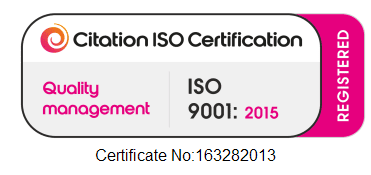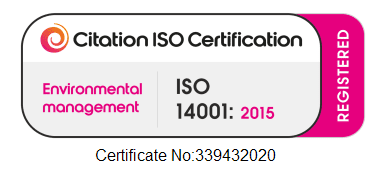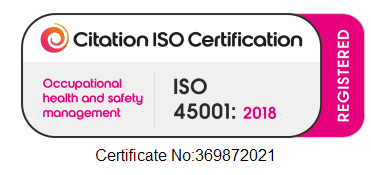Cut out Knife injuries with the right Training
As a knife is such a simple, everyday tool it can sound patronising to suggest that companies should train their staff to use them correctly.
But as a report by the US National Safety Council revealed, knife cuts account for about 30% of all workplace injuries and 70% of these are lacerations to fingers and hands. If these were knife crime figures the media would have a field day, but it is easy to just accept them as minor occupational hazards.
Maybe it is time to think again about these ‘minor injuries’. Minor they may be, but they don’t come cheap – lost work days, time taken to follow up an incident, worker’s compensation – and although they are rarely fatal they can cause life-changing injury and disability.
Another interesting US study on knife-related injuries requiring ED (A&E) treatment between 1990 and 2008 reveals that such injuries vary with age. With workers aged in the 16-19 age bracket, 16% of work-related injuries were lacerations. By the time workers reach 20-24 years old, lacerations account for only 14% and with workers of 65 years and over, a mere 6%.
But the same study found that younger workers reported fewer injuries overall. So why are they so vulnerable to laceration? The number of possible factors may be too great to reach a definitive answer, but undoubtedly inexperience and lack of training must be a major contributor.
Essential points of this training should include:
Always use the right knife for the job
A wide range of knives is available for fast, safe cutting of different materials and particularly if a repetitive task is involved it is worthwhile investing in the best type for the cut.
Maintain the condition of the knife
Blunt, damaged or dirty blades are dangerous as they need more force to cut and are harder to cut in a straight line. If the blade veers off from its path under pressure it will strike a nearby object with speed and force that can cause damage and injury.
Loose blades are also a hazard for a similar reason as it is hard to maintain control over the cutting path.
Never use the knife for anything other than cutting
A blade should not be used to prise anything apart, as a screwdriver, or as anything other than a knife. Sideways pressure on blade steel can cause it to snap, with a high risk of eye injury from airborne fragments.
Treat each cut like a first cut
It’s easy to lose concentration during repetitive cutting tasks and when that happens, careless mistakes are easily made.
Focus each time on the blade and the cutting path and don’t be distracted by anything or anyone else.
Position yourself correctly
Cut towards you at an angle of 5 degrees so that if the blade slips its force will be deflected to one side of your body.
If you are using your other hand to steady the item you are cutting, always keep the knife between you and the spare hand.
Don’t stretch to make a cut; always ensure your whole body is properly balanced.
Use protective clothing
If eye protection or cut-resistant clothing and gloves are provided for your safety, wear them.
Stay safe and stay sharp!








